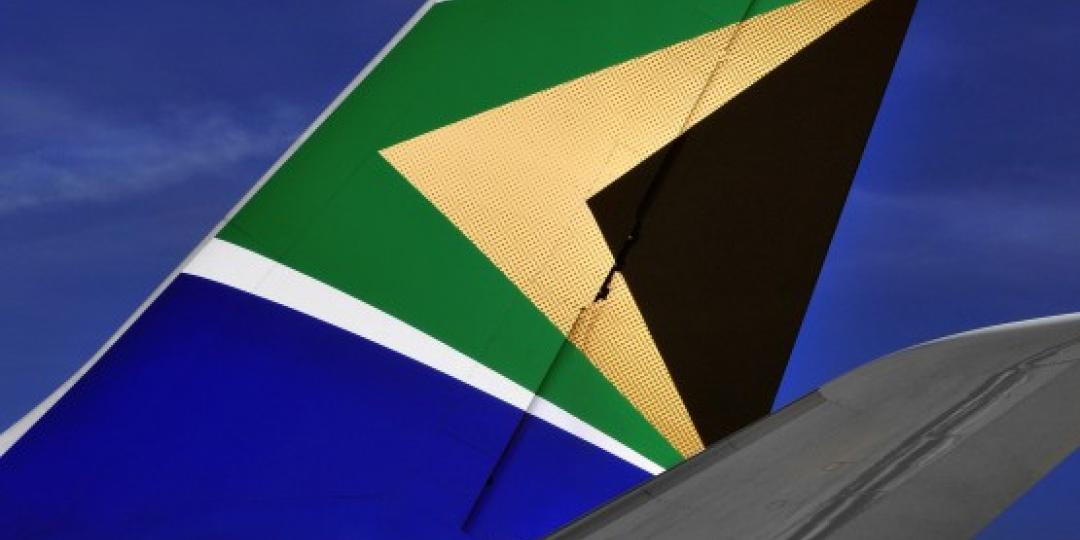The rescue of SAA will cost a whopping R8.6bn (€443.64m) more than calculated in the current business rescue plan, totalling R35,5bn (€1.83bn) – not R26.9bn (€1.39bn) as presented by the business rescuers, says Aviation Economist, Joachim Vermooten.
Finalisation of the plan has snagged on questions raised by creditors about its plausibility. On Wednesday, almost three-quarters of creditors adjourned a meeting to vote on the plan, despite pressure from government to give it the thumbs-up. Creditors will meet again on July 14, a day before the deadline set for government to confirm that it can fund the plan.
“For the most part, the current plan actually is nothing more than a schedule of SAA’s debt repayments instead of a business rescue plan to revive SAA or to launch a new SAA,” says Vermooten, who is also an independent business rescue practitioner.
“Full payment of severance packages to staff, bank loans, lessors and pre-payments for flights represent 93% (R24.9bn (€1.28bn)) of the initial R26,9bn cash required. A R7.4bn (€381.75m) write-off is then required from trade creditors (who will only receive R600m (€30.95m) for the R8bn (€412.7m) credit previously extended to SAA). These trade creditors are then expected to provide new credit to SAA to resume air services, and risk a repeat?” he asks.
“Then R2.15bn (€110.91m) is needed to settle debts for Mango, SAA Technical and Air Chefs. SAA’s restarting costs of R2bn (€103.17m) and three years of optimistic losses of R6.4bn (€330.16m) brings the whole ‘plan’ to a total commitment of R35,5bn, plus the risk of losses resuming at the R5.5bn (€283.73m) level of the last few years, or even more, which will then have to be underwritten by government guarantees again. These exclude guarantees that would have to be provided for the new leasing arrangements and new pre-payments for flights,” he says.
In a letter to the BRPs presented at Wednesday’s creditors’ meeting, Airlink pointed out key details missing from the plan, including assumptions that would affect SAA’s projected income and expenses from 2020 to 2025. This includes exchange rate movements, which are a key variable for lease and fuel costs, US dollar fuel prices and detailed information for each route, all of which, it says, are critical for the proper assessment of the financial projections presented in the plan and are at the core of an airline business.
Airlink MD and CEO, Rodger Foster, says creditors are looking for due process and fair consideration by the BRPs. “It is clear that the plan is deficient. Some clarity was given, but it was nowhere near enough. I think the adjournment is the correct outcome as it gives creditors more opportunity to engage with the BRPs and have their questions addressed, and gives the BRPs opportunity to make the plan more plausible and believable.”
He says the plan incorrectly reflects SAA’s debt to Airlink as R277m (€14.29m), instead of R500m (€25.79m) as claimed. With a voting interest of 1.241%, this means Airlink would receive only R35m (€1.81m) of its claim. “This is not a joke. We are very serious stakeholders. While we want what is best for the national interest, we also have to protect our own interests. We don’t want to be bullied; we just want a fair deal,” he says.
Flight Centre MD for the Middle East and Africa, Andrew Stark, says: “I think all South Africans just want closure to the SAA debacle, either way, so that we can plan for what the SA aviation landscape will look like in the years to come. The BRP has a preference and the market is somewhat sceptical. Interesting times ahead.”
























